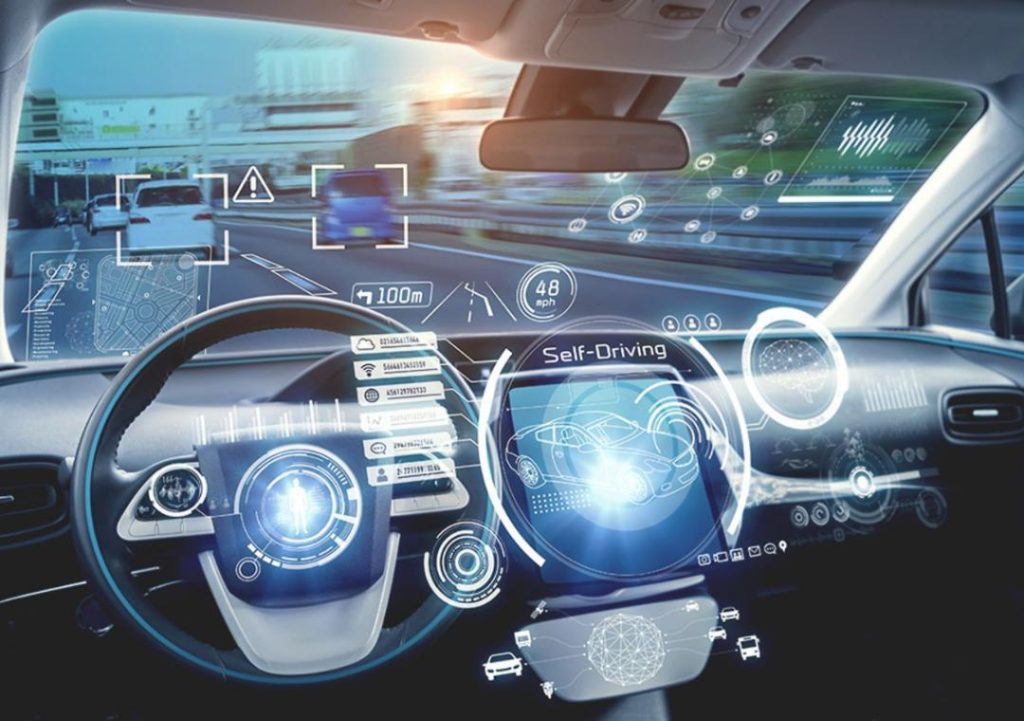
Can Technology Predict a Car Breakdown Before it Happens?
In the world of automotive maintenance, predictability is key. With the rise of connected technology, it’s now possible to predict a car breakdown before it happens, thanks to real-time sensor data and predictive maintenance. This revolutionary approach not only reduces repair costs and prevents breakdowns but also extends the lifespan of the vehicle, redefining the way we think about vehicle ownership and service.
Traditional vehicle maintenance often relies on scheduled servicing, which can lead to costly repairs and downtime. However, with the advent of connected technology, vehicles can now communicate with their owners and service providers in real-time, providing valuable insights into their condition and potential issues.
Predictive maintenance, powered by real-time sensor data, uses machine learning algorithms to analyze a vehicle’s performance, detecting anomalies and potential faults before they become major problems. This proactive approach allows for early intervention, reducing the risk of breakdowns and minimizing downtime.
But how does it work?
The key to predictive maintenance is the integration of sensors and software. Vehicles are equipped with a range of sensors that track various parameters, such as:
- Engine performance: Sensors monitor engine speed, temperature, and pressure, detecting any changes that could indicate impending issues.
- Tire condition: Sensors track tire pressure, temperature, and wear, alerting owners to potential problems before they become safety hazards.
- Brake performance: Sensors monitor brake pad wear, detecting when it’s time for replacement to prevent costly repairs.
- Battery health: Sensors track battery voltage, charge, and discharge, alerting owners to potential issues before a sudden failure.
This data is transmitted to the cloud, where advanced analytics and machine learning algorithms analyze the information, detecting patterns and anomalies that could indicate potential problems. If an issue is detected, the system sends an alert to the vehicle’s owner, providing them with real-time information and recommendations for maintenance or repair.
The benefits of predictive maintenance are numerous:
- Reduced repair costs: By identifying potential issues before they become major problems, owners can schedule repairs during routine maintenance, reducing the cost of unexpected breakdowns.
- Extended vehicle lifespan: Predictive maintenance allows for early intervention, preventing wear and tear on critical components, which can extend the lifespan of the vehicle.
- Improved safety: By detecting potential issues before they become safety hazards, predictive maintenance reduces the risk of accidents and injuries.
- Enhanced customer experience: With real-time insights into their vehicle’s condition, owners can plan their maintenance schedules, reducing downtime and improving overall satisfaction.
The automotive industry is already embracing predictive maintenance, with many manufacturers incorporating connected technology into their vehicles. In fact, a recent survey by GrowthJockey found that 75% of automakers are investing in predictive maintenance solutions, with 90% of respondents believing that connected technology will revolutionize the way we maintain our vehicles.
As the technology continues to evolve, we can expect to see even more innovative applications of predictive maintenance. For example:
- Remote monitoring: With the ability to monitor a vehicle’s condition remotely, service providers can proactively schedule maintenance, reducing downtime and improving response times.
- Personalized maintenance: Predictive maintenance can be tailored to individual vehicle owners, taking into account their driving habits, maintenance history, and other factors to provide personalized recommendations.
- Autonomous vehicle maintenance: As autonomous vehicles become more prevalent, predictive maintenance will play a critical role in ensuring their safe and reliable operation.
In conclusion, predictive maintenance powered by real-time sensor data is revolutionizing the way we maintain our vehicles. By detecting potential issues before they become major problems, owners can reduce repair costs, extend the lifespan of their vehicle, and improve safety. As the technology continues to evolve, we can expect to see even more innovative applications of predictive maintenance, redefining the way we think about vehicle ownership and service.
Source: https://www.growthjockey.com/blogs/connected-technology-for-automotive-sector






